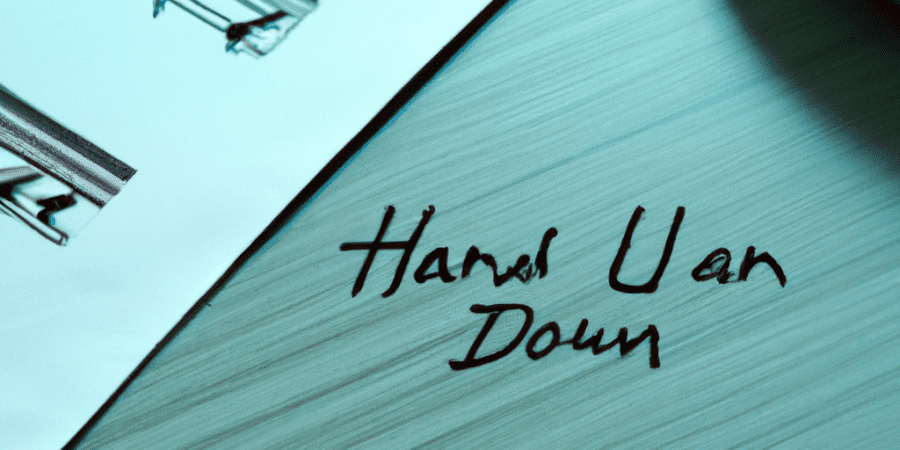**h1: The Evolution of Classical and Modern Music: A Harmonious Symphony**
**h2: Introduction**
Music has the incredible power to transcend time, capturing the hearts and souls of listeners throughout the ages. Classical music, with its rich tapestry of melodies and symphonic intricacies, has stood the test of time. On the other hand, modern music, with its diverse genres and endless possibilities, continues to push boundaries and redefine what we consider as musical art.
**h2: The Roots of Classical Music**
Classical music has its origins in the works of composers like Johann Sebastian Bach, Ludwig van Beethoven, and Wolfgang Amadeus Mozart, who created timeless masterpieces that still resonate with audiences today. These composers employed complex harmonies and musical structures, creating symphonies, concertos, and sonatas that showcased their incredible talent.
One of the defining features of classical music is its reliance on acoustic instruments and orchestras. String sections, woodwinds, brass, and percussion come together in perfect harmony, creating powerful and emotive soundscapes. The symphony orchestra, with its myriad of instruments, presents a grandiose spectacle that engulfs listeners in waves of sound.
**h2: The Birth of Modern Music**
In the 20th century, a wave of new musical styles emerged, revolutionizing the music industry and paving the way for modern music as we know it. Genres like jazz, rock, pop, and electronic music broke away from the traditional confines of classical music, introducing new rhythms, instruments, and techniques.
**h2: The Genre Exploration**
One of the defining characteristics of modern music is its ability to explore and transcend genres. Artists often blend classical elements with contemporary styles, creating unique and innovative compositions. Examples include classical crossover artists like Yo-Yo Ma, who collaborated with popular musicians like Bobby McFerrin and Edgar Meyer to create genre-defying albums.
Additionally, modern composers experiment with electronic sounds, incorporating computer-generated music and digital effects. The rise of electronic dance music (EDM) has introduced a new dimension to modern music, with DJs and producers crafting energetic and infectious beats.
**h2: The Role of Technology**
Technology’s impact on both classical and modern music cannot be overstated. In the classical realm, technology has allowed for better recording and production quality, preserving the work of great composers for future generations. Musicians can now easily access recordings of performances by renowned orchestras and soloists, allowing for inspiration and education.
In modern music, technology has democratized the industry, enabling aspiring musicians to create and distribute their music without the need for a traditional record label. Digital audio workstations, MIDI controllers, and online platforms have given rise to a new generation of DIY artists who embrace experimentation and innovation.
**h2: Finding Harmony**
Despite their differences, classical and modern music share a common goal: to evoke emotions and connect with audiences. While classical music conjures images of elegance and grandeur, modern music encapsulates the diverse experiences and voices of contemporary society.
As music continues to evolve, it is crucial to appreciate and celebrate the masters of the past and the pioneers of the present. Whether you find solace in the timeless compositions of Bach or get lost in the electronic beats of your favorite DJ, music is a universal language that transcends boundaries and brings people together.
So, go ahead, turn up the volume, and let the symphony of classical and modern music carry you away on a harmonious journey.
